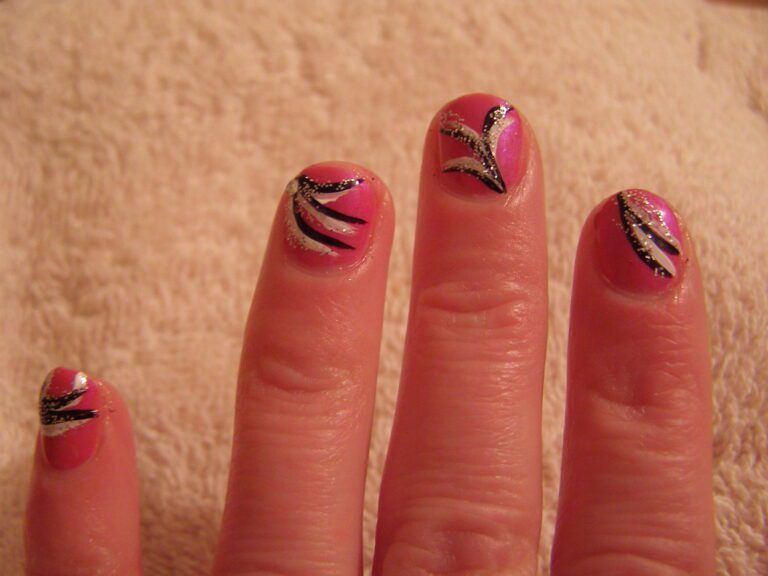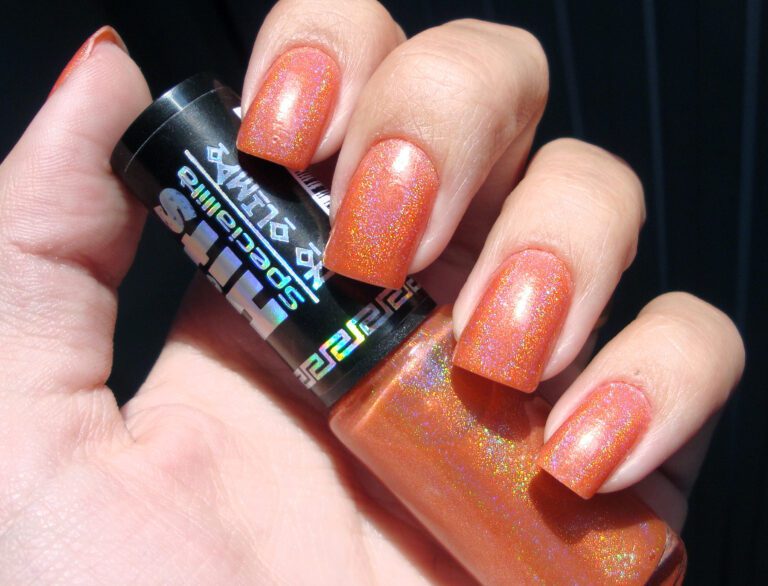“Baseboard Beauty: Choosing Nails for Baseboard”
When it comes to installing baseboards, choosing the right nails is essential for a secure and professional finish. Understanding the different types of baseboard nails, material considerations, and installation techniques is crucial for a successful baseboard installation project. In this article, we will explore the key factors to consider when selecting nails for baseboards, providing valuable insights to help you make informed decisions.
Key Takeaways
- Selecting the right size of nails is important for ensuring a secure and durable baseboard installation.
- For wood baseboards, consider using finish nails or brad nails for a clean and seamless look.
- When installing vinyl baseboards, opt for corrosion-resistant nails to prevent damage to the vinyl material.
- Pre-drilling pilot holes can help prevent splitting when nailing baseboards, especially near the edges.
- Nailing at an angle can provide better stability and prevent the baseboard from shifting over time.
Understanding Baseboard Nails

Types of Baseboard Nails
When selecting nails for baseboard installations, it’s crucial to understand the variety available to ensure a secure and aesthetically pleasing finish. The most common types include finish nails, which are often used for their small head size and minimal visibility once installed. Brad nails are another option, slightly thinner and ideal for delicate trim work where splitting the wood is a concern.
For heavier baseboards or when working with harder materials, common nails may be employed, although their larger heads can be more conspicuous. Here’s a quick overview of the nail types:
- Finish Nails: Small head, less visible
- Brad Nails: Thin, less likely to split wood
- Common Nails: Larger head, stronger hold
Tip: Always consider the thickness of the baseboard and the wall material when choosing nail size and type to ensure a firm installation without damaging the trim or wall.
Choosing the Right Size
Once you’ve familiarized yourself with the various types of baseboard nails, the next step is to select the appropriate size for your project. The size of the nail is crucial as it determines the holding strength and the finish of the installed baseboard. A common rule of thumb is to choose a nail that is three times longer than the thickness of the baseboard. This ensures that the nail can adequately penetrate the baseboard and secure it to the wall without causing damage.
For most baseboard installations, a gauge size between 15 and 16 is recommended. These sizes offer a good balance between strength and subtlety, making them ideal for ensuring that the baseboard remains firmly in place while minimizing the visibility of the nail head. Here’s a quick reference guide:
- 15 Gauge: Offers robust holding power, ideal for thicker and denser baseboards.
- 16 Gauge: Slightly thinner, suitable for standard baseboard installations.
Tip: Always consider the material of the baseboard when selecting the nail size. For harder woods, you may need to opt for a slightly larger gauge to prevent splitting.
Remember, the right nail size not only contributes to the aesthetic appeal of your baseboards but also to their long-term durability and stability.
Material Considerations

Best Nails for Wood Baseboards
When it comes to wood baseboards, the choice of nails is crucial for both aesthetic and structural integrity. Finish nails are often the preferred choice for wood baseboards due to their strength and ability to provide a clean finish. Typically, finish nails come in various gauges; the 15- and 16-gauge nails are most commonly used for their ideal blend of holding power and minimal visibility.
Finish nails are thicker and more robust than brad nails, making them suitable for the heavier trim and larger woodwork projects. For baseboard installations, it’s important to choose a nail length that is at least three times the thickness of the baseboard material to ensure a secure hold into the wall studs or backing.
Tip: When nailing into hardwoods, consider using a nail set to countersink the nails and avoid splitting the wood.
Here’s a quick reference for selecting the right finish nail gauge for your wood baseboards:
- 15-gauge nails: Ideal for thicker, heavier baseboards or when stronger holding power is required.
- 16-gauge nails: A good choice for standard baseboard installations, offering a balance between strength and nail head visibility.
- 18-gauge brad nails: Suitable for lightweight trim or in situations where a smaller nail head is preferred, though not recommended for heavy baseboards.
Nails for Vinyl Baseboards
When installing vinyl baseboards, the choice of nails is crucial to ensure a secure and aesthetically pleasing finish. Unlike wood, vinyl is a non-porous and more flexible material, which requires nails that can accommodate its unique properties. For vinyl baseboards, it is recommended to use adhesive nails or special vinyl baseboard nails that have a thin shank and sharp point to prevent splitting.
Adhesive nails offer a strong hold and are particularly useful in situations where traditional nailing methods may not be suitable. Here’s a quick guide to choosing nails for vinyl baseboards:
- Select nails that are specifically designed for vinyl materials.
- Opt for nails with a smaller diameter to minimize the risk of splitting the baseboard.
- Choose a nail length that is appropriate for the thickness of the baseboard and the wall it is being attached to.
Tip: Always check the manufacturer’s recommendations for the specific type of vinyl baseboard you are installing to ensure compatibility and optimal results.
Installation Techniques

Pre-Drilling for Baseboard Nails
When it comes to pre-drilling for baseboard nails, it’s essential to ensure that the pilot holes are precisely aligned with the baseboard and the wall. This helps to prevent any splitting or cracking of the baseboard material during the nailing process. Additionally, using a pilot hole drill bit that matches the size of the nails can make the installation process smoother and more precise.
For a quick reference, here’s a simple table outlining the recommended pilot hole sizes for common baseboard nail sizes:
| Baseboard Nail Size | Pilot Hole Size |
|---|---|
| 1.5-inch nails | 1/16-inch |
| 2-inch nails | 3/32-inch |
| 2.5-inch nails | 1/8-inch |
Remember, proper pre-drilling can significantly improve the overall quality and durability of the baseboard installation.
Nailing at an Angle
When nailing baseboards at an angle, it’s important to ensure that the nails are driven in at the correct angle to provide a secure and stable hold. This is especially crucial when working with hardwood baseboards, as the angle of the nail can affect the integrity of the wood. Additionally, using a nail gun with an adjustable angle feature can make the process more efficient and precise. It’s also recommended to use nails with a slightly larger diameter to accommodate the angle and provide better support.
When it comes to nail art, the right installation techniques can make all the difference. At NAILinspire.com, we are dedicated to providing the ultimate online nail art design library, where you can explore a wide range of installation techniques, from simple to intricate. Whether you’re a nail art enthusiast or a professional, our collection of techniques will inspire and elevate your nail art game. Visit NAILinspire.com today and discover the endless possibilities for creating stunning nail art designs.
Frequently Asked Questions
What are the best nails for wood baseboards?
The best nails for wood baseboards are finish nails or brad nails. These nails are designed to be countersunk and are less likely to split the wood.
What size nails should I use for baseboards?
For most baseboards, 2-inch nails are suitable. However, the size may vary based on the thickness of the baseboard and the material of the wall.
Do I need to pre-drill holes for baseboard nails?
Pre-drilling may be necessary for hardwood baseboards to prevent splitting. Softwood baseboards may not require pre-drilling.
Can I use regular nails for vinyl baseboards?
Regular nails may not be suitable for vinyl baseboards as they can cause damage. It’s best to use finish nails or brad nails designed for vinyl materials.
What angle should I nail baseboards at?
Nailing baseboards at a 45-degree angle can provide better holding power and reduce the risk of splitting the baseboard.
How can I prevent baseboards from splitting when nailing?
To prevent splitting, use a nail set to drive the nails slightly below the surface of the baseboard, and avoid placing nails too close to the edge of the baseboard.







